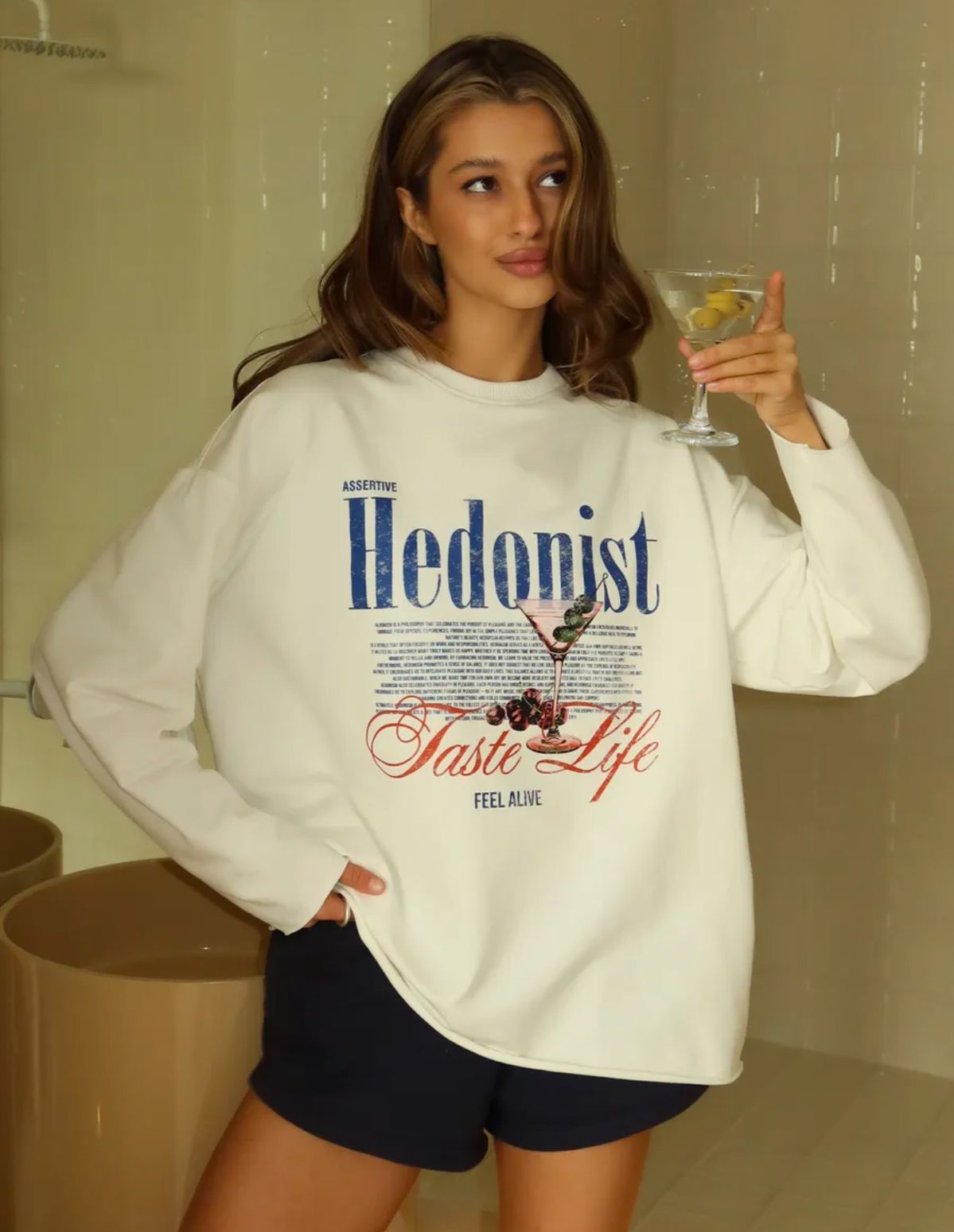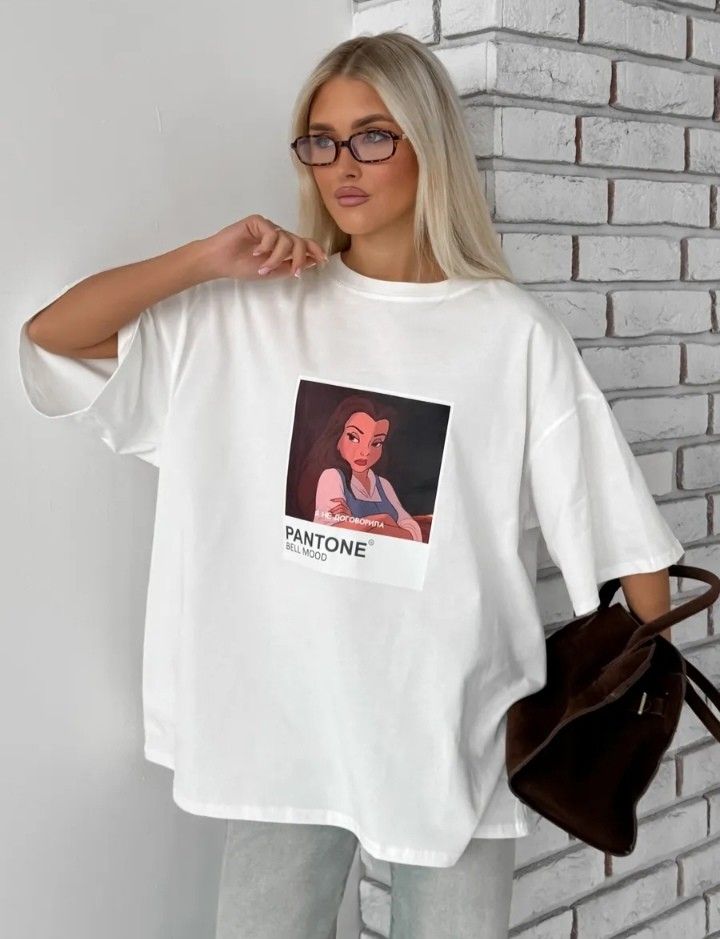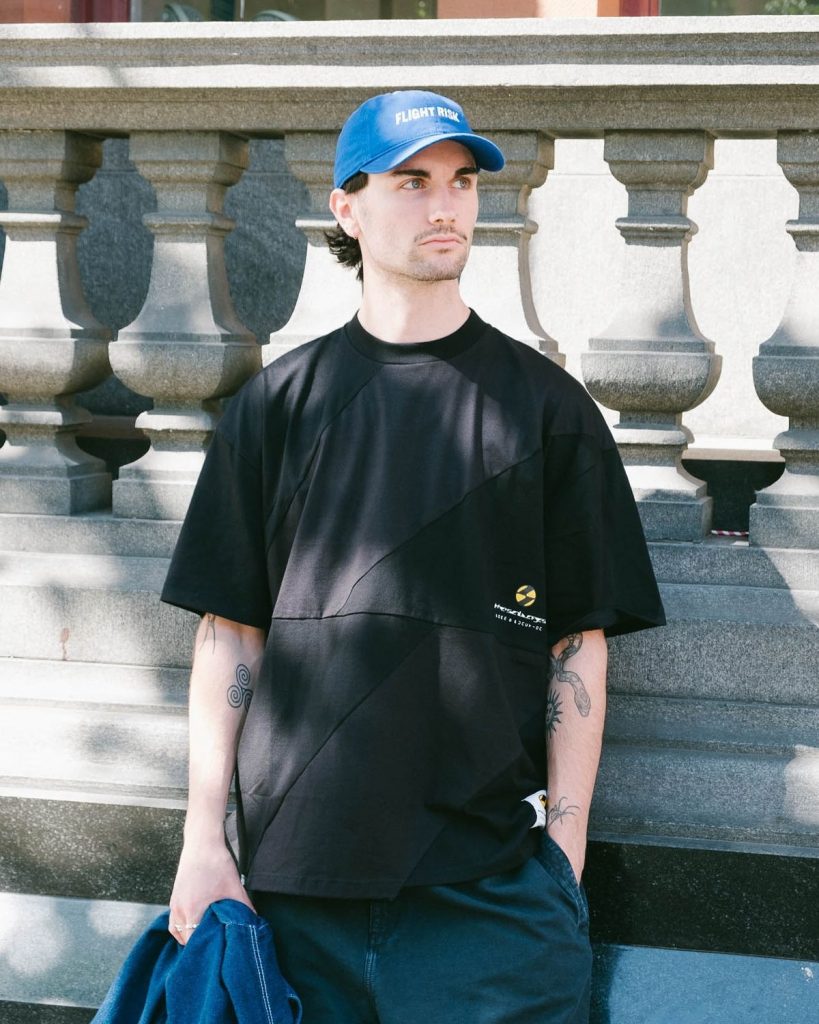In a world that thrives on constant reinvention, fashion has always been the art form that defines each generation’s pulse. But in 2025, a new revolution is underway — one not led by legacy houses or runway icons, but by fearless young designers who are rewriting the very DNA of style. This is not evolution; it’s an uprising. A global wave of creativity where boundaries dissolve, traditions bend, and individuality reigns supreme.
The fashion landscape is shifting at lightning speed. What was once dictated by luxury elites now flows from grassroots creators, digital natives, and self-taught innovators armed with imagination and technology. From handcrafted streetwear collectives in Seoul to 3D-printed couture in Paris, the new generation isn’t asking for permission — they’re taking the reins, creating their own language of beauty, identity, and purpose.
Breaking Boundaries: The New Face of Fashion
Gone are the days when fashion was ruled by predictable cycles. The young visionaries of today reject outdated hierarchies and rewrite what it means to be a designer. They aren’t waiting for validation from institutions; they’re building brands from bedrooms, collaborating across continents, and fusing culture, art, and activism into their creations.
This rebellion isn’t loud for the sake of noise — it’s purposeful. It’s about inclusivity, sustainability, and storytelling. Every stitch carries a statement. These designers use their platforms to address identity, mental health, and environmental responsibility. Their collections aren’t just garments; they’re manifestos of self-expression in a world hungry for authenticity.
The new face of fashion doesn’t fit into categories. It’s multicultural, gender-fluid, and fiercely independent. From digital fashion collectives to deconstructed tailoring, the uprising is defined by creativity that refuses to conform.
The Power of Purpose: Fashion as Expression
Fashion’s new generation doesn’t see clothing as mere adornment — they see it as activism, communication, and connection. They’ve redefined luxury, not through price tags, but through purpose. For them, true luxury lies in craftsmanship, transparency, and emotional resonance.
Each collection tells a story. A hoodie made from recycled materials speaks about sustainability. A gown stitched with ancestral embroidery pays homage to heritage. A digital jacket worn in the metaverse explores identity in virtual space. Every design is a statement, every fabric a dialogue between past, present, and future.
This shift toward purpose-driven fashion has inspired a new consumer mindset. Today’s youth want to wear values, not just clothes. They gravitate toward brands that mirror their ideals — bold, conscious, and inclusive.
Digital Renaissance: Technology Meets Imagination
Technology has become the new atelier. Artificial intelligence, augmented reality, and 3D modeling are not just tools; they are extensions of creativity. Young designers are blending craftsmanship with code, merging tactile artistry with digital innovation.
From AI-assisted pattern generation to virtual runways and NFT-backed clothing, this digital renaissance has expanded fashion’s playground. The line between physical and virtual design blurs — and that’s precisely the point. Designers are no longer limited by fabric or gravity. Instead, they craft experiences that exist across both worlds, inviting audiences to engage with fashion on multiple levels.
Platforms like Instagram, TikTok, and Roblox have become modern runways. A single digital drop can reach millions, making young designers global voices overnight. The power once concentrated in elite fashion capitals has now been decentralized — and the new generation thrives in that freedom.
Sustainability Reimagined: A Movement, Not a Trend
For young designers, sustainability isn’t a marketing tool — it’s a mission. They’re crafting with conscience, rethinking every stage of production, and redefining what responsibility looks like in fashion.
Reclaimed fabrics, plant-based dyes, biodegradable materials, and closed-loop systems are just the beginning. Beyond eco-friendly fabrics, sustainability now includes fair labor, slow fashion ethics, and transparency. Designers are rejecting mass production and prioritizing small-batch collections that value quality over quantity.
Upcycling has become an art form. A discarded jacket becomes a statement piece; an old uniform transforms into street couture. Through this, young designers are not only reducing waste but also rewriting the emotional value of clothing — giving forgotten garments a second life.
This shift marks a profound cultural change: fashion no longer revolves around consumption but around connection — between maker, wearer, and planet.
Diversity & Inclusion: The Heart of the Uprising
The new generation of fashion rebels understands that representation is power. Diversity isn’t an afterthought; it’s the foundation. Designers are amplifying marginalized voices, showcasing real bodies, and honoring the cultures that shape them.
Runways in 2025 are no longer homogenous. They celebrate difference — from skin tone and gender identity to ability and age. Brands built by Gen Z and Millennials champion inclusivity because they live it. It’s not a strategy; it’s reality.
Cultural authenticity has also become central to this uprising. Designers proudly reclaim traditional craftsmanship, indigenous textiles, and ancestral techniques, blending them with futuristic aesthetics. In doing so, they create collections that honor heritage while propelling it forward — a powerful act of self-definition.
Collaboration over Competition: The Rise of Creative Communities
The new generation doesn’t see peers as rivals but as allies. Collaboration is the cornerstone of this movement. Designers team up with digital artists, musicians, photographers, and sustainability activists to build multidimensional experiences.
Fashion collectives and pop-up studios have replaced exclusive fashion houses. These creative ecosystems foster shared growth, where ideas are exchanged freely and innovation flourishes. The result? A culture that thrives on community, not hierarchy.
Social media has amplified this synergy. Hashtag movements and online challenges connect designers worldwide, democratizing exposure. This collective energy is transforming fashion into a global dialogue rather than a closed system.
Education Disrupted: The Self-Taught Revolution
Formal fashion education once dictated who could enter the industry. Now, YouTube tutorials, online workshops, and open-source design software have dismantled those barriers. The self-taught revolution is here, led by creators who learned by doing.
These designers view experimentation as education. They prototype with unconventional materials, test designs on digital platforms, and build brands through community support. What they lack in tradition, they make up for in innovation — and their work reflects that freedom.
By rejecting rigid institutions, they’re redefining what expertise looks like in fashion. Talent and authenticity, not credentials, are the new currency of credibility.
Global Youth Culture: The Pulse Behind the Movement
At its core, the fashion uprising is powered by youth culture — bold, expressive, and borderless. The new generation doesn’t just consume fashion; they participate in it. They remix aesthetics, disrupt algorithms, and shape narratives that reflect their worldview.
Trends no longer flow top-down from luxury brands. Instead, they bubble up from street corners, digital feeds, and subcultural hubs. Streetwear in Tokyo influences couture in Milan; thrift-core from Los Angeles sparks a design movement in London. The world of fashion has become a web of shared inspiration — fast-moving, fluid, and endlessly creative.
This cultural exchange fuels the uprising’s momentum. It’s proof that style no longer belongs to a select few — it belongs to everyone who dares to create.
The Future: Fashion Without Borders
The uprising isn’t slowing down — it’s scaling up. As technology, sustainability, and creativity continue to intertwine, the next wave of young designers will push boundaries even further. They’ll design clothing that reacts to emotions, evolves with environments, and exists in both real and digital forms.
Fashion will continue to be a language of transformation — not dictated by trends, but written by individuals who see beyond them. The boundaries between designer and consumer, artist and audience, will continue to blur. What remains constant is the power of fashion to express what words cannot: our collective spirit, innovation, and drive to redefine what’s possible.
Conclusion: The Revolution is Now
The fashion uprising of 2025 isn’t a passing phase — it’s a new era. Young designers have reclaimed fashion as a tool of empowerment, sustainability, and storytelling. They’ve dismantled old systems, challenged traditions, and built a new foundation where creativity, inclusivity, and responsibility coexist.
This movement isn’t about rebellion for rebellion’s sake. It’s about evolution — a conscious decision to reshape the world of fashion into something real, relevant, and revolutionary.
In every stitch, in every digital render, and in every collaboration, the message is clear: the future of fashion belongs to those brave enough to redefine it.



